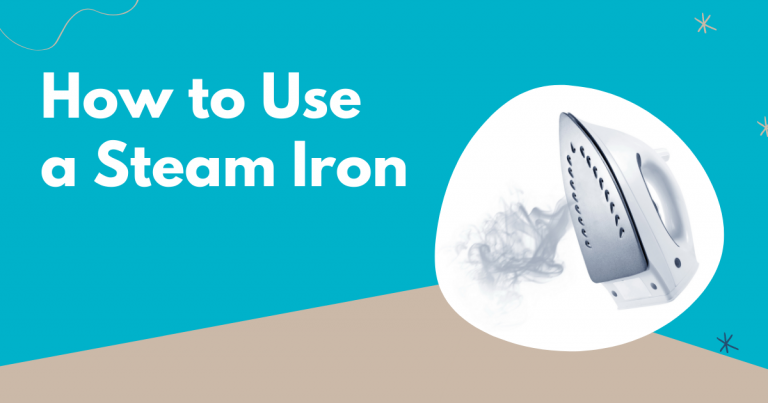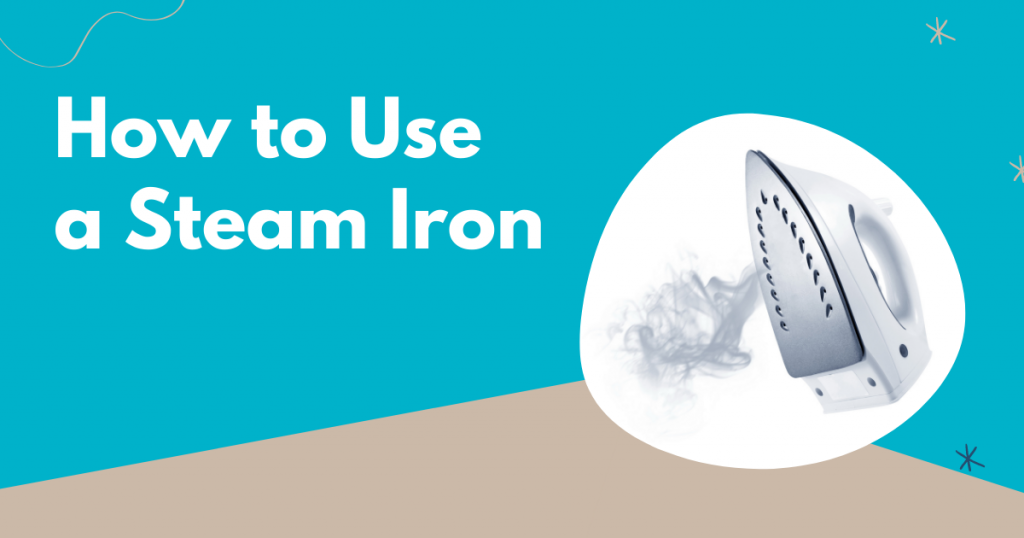
Who doesn’t want a crisp well-ironed shirt? I immediately view someone wearing crisp-looking shirts as put-together and self-confident. Indeed, wearing freshly pressed clothes is an instant confidence booster.
There is no exact date as to when people started pressing clothes to smoothen them out. However, the first recorded history of ironing dates back to the 1st century BC in China. The ancient Chinese used to fill metal pans with hot water to remove the creases from the fabric.
The 1920s wasn’t called “A Decade of Change” for no reason. A lot of inventions came to life, many Americans started to own cars, telephones, and radios. It was also in 1926 when Thomas Sears first used an electric steam iron at a cleaning company in New York. However, the steam iron only became successful commercially in 1938. Since then, steam irons have changed the way we get rid of wrinkles and creases on our clothes.
How To Use a Steam Iron
Steam irons use steam to get rid of wrinkles on clothes. The base of the iron releases moisture during ironing. A damp garment is easier to iron, and steam irons make it easier for you to achieve creaseless clothes in no time. When you use a steam iron, the moisture released by the steamer enters the fabric while the heat of the iron locks them in place.
To use steam iron like a pro and get the best result after ironing, follow our guide below.
1. Categorize the Garments
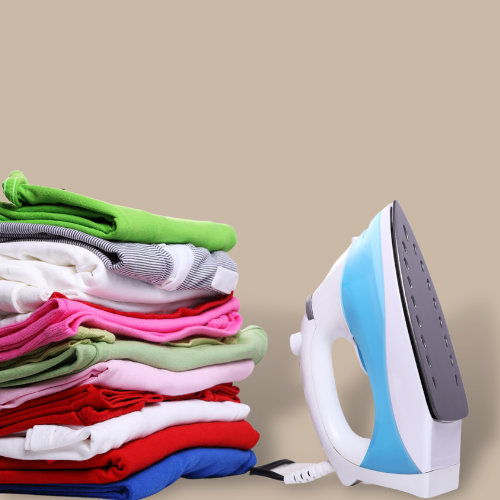
Sort your garments according to fabric type. Clothes with the same kind of fabric usually need the same ironing temperature. It is easier and faster when you do this as you don’t have to adjust the temperature setting of your steam iron every time you grab another garment to iron. You can also check the label on the garments and sort accordingly. Then you can set the temperature of the iron.
2. Use an Ironing Board or a Flat Surface to Iron Clothes
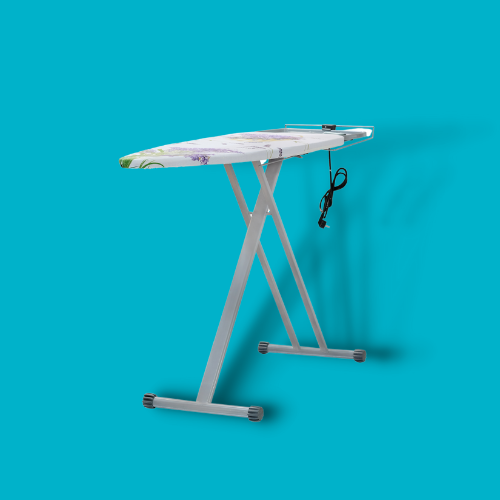
Ironing clothes can be time-consuming and tiring but using an ironing board makes it easier and faster. Moreover, depending on the type, an ironing board can help absorb moisture and retain heat, and protect the garment. Are you planning to get a new ironing board padding? Check out our guide to help you choose what’s the best ironing board padding for you!
However, if you don’t have an ironing board, you can lay your garment on a table or any flat surface and start ironing. Just make sure that you place a protective cloth on the surface before you iron to prevent damage to the garment.
3. Use Distilled Water in the Water Reservoir
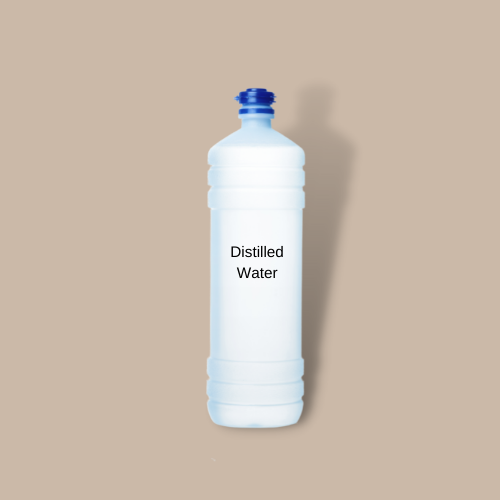
Empty the water reservoir and fill it with fresh distilled water before you start ironing your clothes. Don’t fill the water tank with tap water. Tap water may contain limescale that can clog the steam holes on the metal soleplate.
4. Check the Temperature
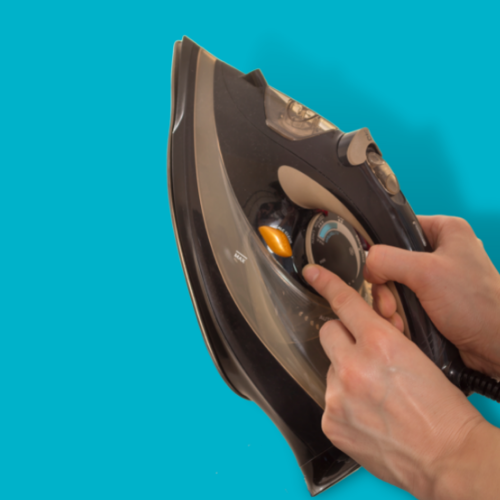
Set your steam iron temperature depending on the garment you are about to iron. It’s a good practice to heat the iron first and start steaming the garment slowly and gently. Don’t keep the iron in one area for longer than eight seconds to avoid burnt clothes.
If you are ironing delicate materials such as lace or chiffon, protect the garment by using a handkerchief or a cotton cloth to avoid direct heat exposure. Use the steam setting on your iron and iron it gently.
5. For Persistent Creases
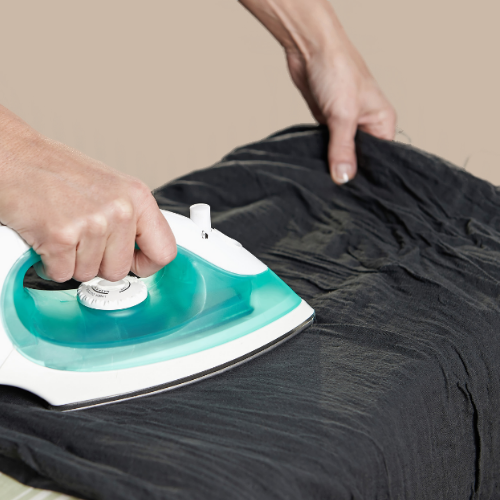
It’s a lot easier to iron clothes while they are still damp. The moisture helps relax the fabric making them easier to iron. Even if you have dry clothes, steam irons release steam, making it easy for you to iron your clothes and get rid of persistent creases and deep wrinkles.
The spraying function of this household item helps you iron even thick materials such as jeans and jackets. Iron by following the grain of the area. If there are still noticeable wrinkles on the fabric, spray water on the cloth and iron it. Repeat this step if necessary. Remember that you should iron your clothes until they are smooth, but they should still feel slightly damp after.
6. Use Up and Down Motions When Ironing
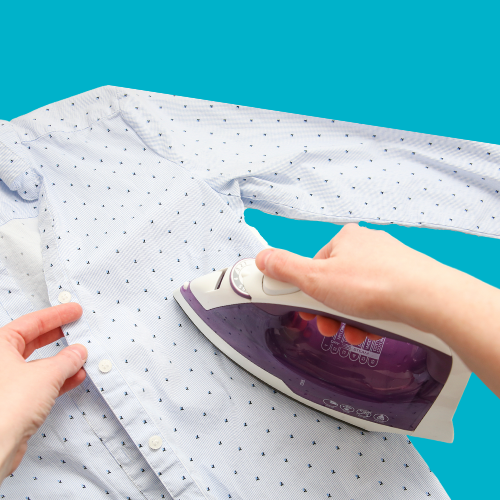
Instead of ironing in a circular motion, ironing them in an up and down action is an excellent practice to avoid damaging the fabric. The up and down movement also works well to straighten those wrinkles or define the crease.
7. Always Hang Your Clothes After Ironing
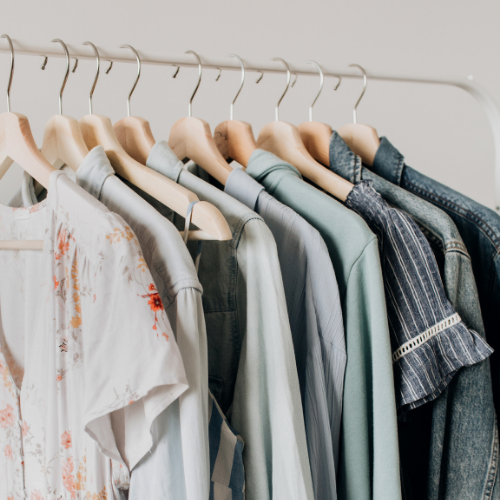
Don’t let your time spent with ironing go to waste by laying your freshly iron clothes on the couch. Once you are done with one piece of clothing, hang it immediately and air dry. This way, you avoid getting it wrinkled.
Summary
No matter the era, crisp clothes never go out of style, however, ironing clothes takes time and effort. I hope we helped you achieve crisp-looking clothes after following our guidelines on using the steam iron to your advantage. Don’t forget to bookmark and share this page and check our website for more household tips!
Want to share this?

